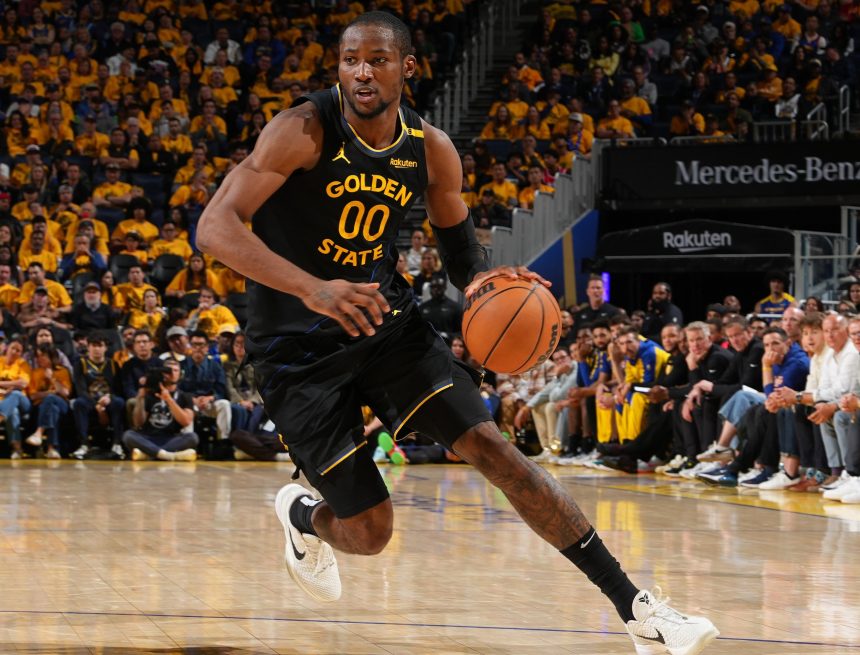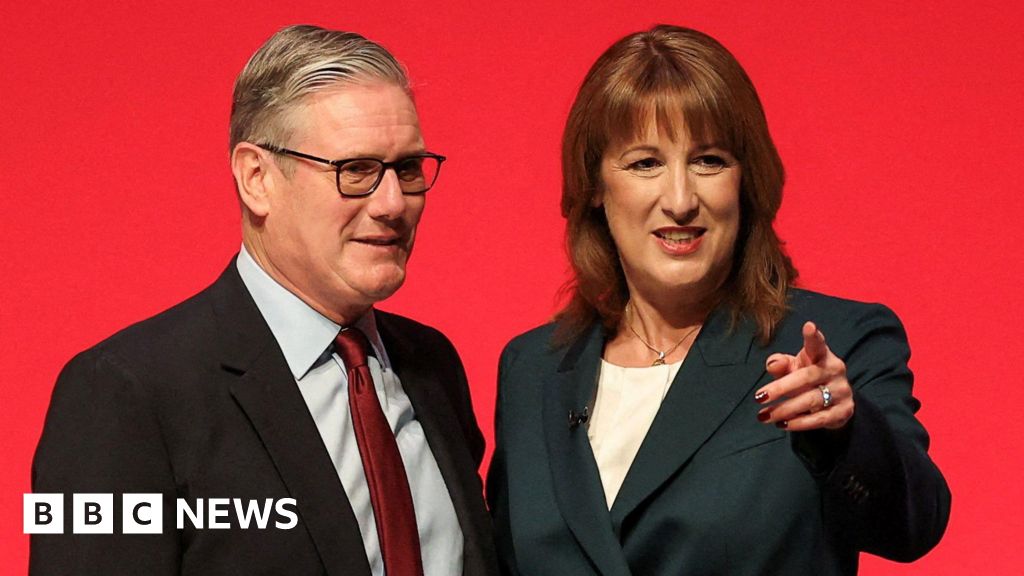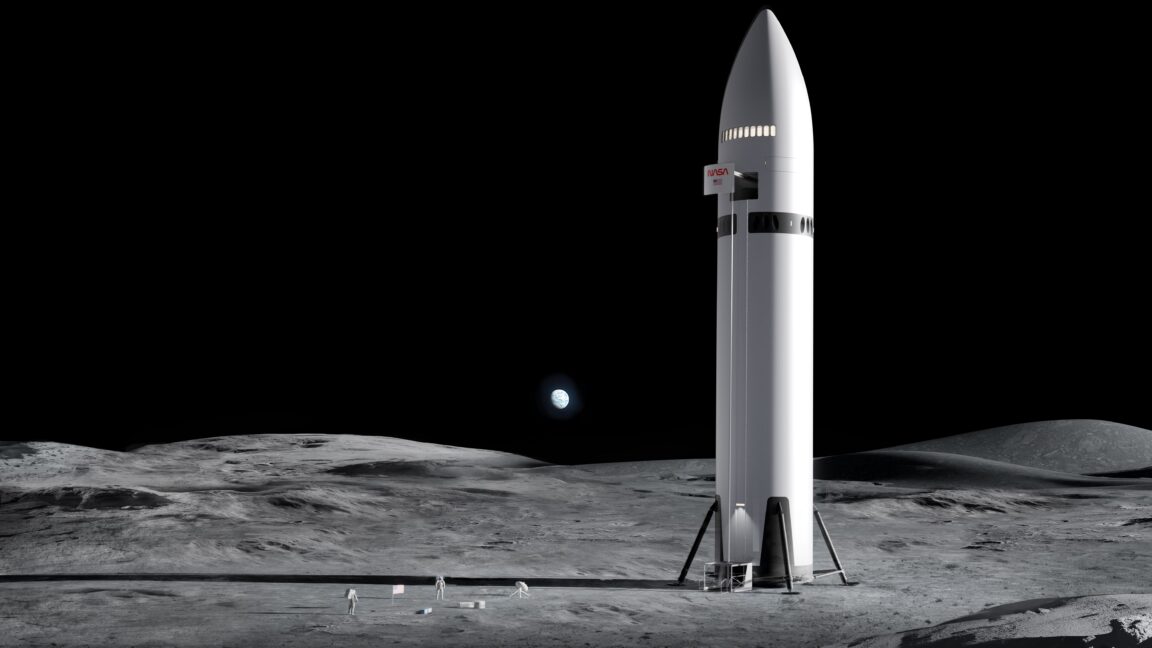Seattle Mariners pitcher Bryan Woo was being interviewed in the clubhouse following the team’s Game 7 loss in the American League Championship Series to the Toronto Blue Jays when, suddenly, in the background, you can hear an anguished scream.
Mariners’ fans understand heartbreak — they can relate to that scream.
For most of the 49-season existence of the Mariners, fans of the club relied on hope: hope for the first winning season, hope the franchise didn’t relocate, hope of making the playoffs for the first time, hope to end a 20-year playoff drought. Hope for a World Series. And with one crack of the bat on Monday night, that hope was crushed.
It didn’t start out that way, though. The Mariners won the first two games of the ALCS on the road in Toronto — and teams that won the first two on the road in a best-of-seven series had gone 26-3 in MLB history (excluding 2020).
After dropping the first two games in Seattle, they won a dramatic Game 5 on Eugenio Suarez‘s grand slam to take a 3-2 series lead. The winner of Game 5, when a series was tied, had gone on to win a best-of-seven series 69% of the time in MLB history.
The Mariners went on to lose Game 6, playing about as sloppy a game as you can play, and then lost Game 7 on George Springer‘s three-run home run in the seventh inning — only the second come-from-behind home run while trailing by multiple runs in a winner-take-all game in playoff history (Pete Alonso hit the first last year for the New York Mets).
That’s a lot of qualifiers, but it hammers home the despair: That was an especially difficult defeat, eight outs away from the franchise’s first ever World Series, a moment Seattle sports fans will forever remember, alongside not giving the ball to Marshawn Lynch in Super Bowl XLIX. The Mariners remain the only one of the 30 franchises never to play in a Fall Classic.
The pain will linger. Soon enough, however, thoughts will turn to 2026, as they must — and Seattle is well-positioned not only for next season, but for the long term.
While the Mariners have just two playoff appearances in the past five seasons, they’re one of the most stable organizations in the sport, one of just six with winning records every season since 2021 and seventh in wins in that span. They have a strong farm system that features eight players ranked in Kiley McDaniel’s August top 100 prospects update, including shortstop Colt Emerson, the No. 7 prospect, and pitcher Kade Anderson, the No. 3 pick in the 2025 MLB draft, who ranks No. 16.
The Mariners also have a stable group of core players: Of the 17 who were worth at least 0.8 WAR in 2025 — MVP candidate Cal Raleigh led the way with 7.3 — all except free agent Josh Naylor and second baseman/DH Jorge Polanco are already signed to new contracts or remain under team control (Polanco has a $7 million player option that he will likely opt out from).
Both remain good fits in the lineup after strong 2025 campaigns, especially Naylor. Other than a couple of solid years from Ty France in 2021-22, first base has been a revolving door — and a problem — for the Mariners ever since John Olerud was traded more than 20 years ago. Re-signing Naylor, in part because he also provides some much-needed contact skills in a strikeout-heavy lineup, feels imperative.
It’s not an old team either. Polanco (31), J.P. Crawford (30) and Randy Arozarena (30) are the only regulars older than 28 years old, while Luis Castillo (32) is the only starting pitcher older than 28. Castillo is signed for two more seasons while the other rotation members are also under control for at least two more years — Logan Gilbert (2027), George Kirby (2028) and Bryan Woo and Bryce Miller (2029). Having that kind of potential stability in the rotation is an enviable position — with Anderson likely to move fast through the minors and Ryan Sloan, a second-round pick out of high school in 2024 and now No. 43 in ESPN’s prospect rankings, flashing top-of-the-rotation stuff in his first minor league season and also capable of a quick rise to the majors.
The foundation for the team’s current success can be traced back to the 2018-19 offseason. Jerry Dipoto, the president of baseball operations, took over the top job for the Mariners after the 2015 season. They had winning seasons in 2016 and 2018, but after the second one, Dipoto was worried about the future of the organization.
“We were just coming off an 89-win season,” he told ESPN during the ALCS. “At the end of the regular season, I’ll sit down with our owners and talk through what the plan is for the year ahead. I thought the right thing to do after visiting with our front office group was just to reboot. We were a little too old, we were a little too top-heavy, and we had very little in the way of prospect capital. We weren’t going to be able to continue to beat that engine and sustain a competitive, championship-level team.”
The front office produces a flowchart of the organization each year that maps out the next six seasons, trying to estimate what those six years will look like. It didn’t look good, so the Mariners committed to a rebuild. It began with Crawford, acquired from the Philadelphia Phillies for Jean Segura (after the Phillies had first asked for Edwin Diaz, who was instead traded to the Mets), and he’s been the team’s starting shortstop ever since.
Seattle also watched Julio Rodriguez, signed as a 16-year-old in 2017, flourish and develop into an immediate star as a 21-year-old rookie in 2022. His inability to lay off sliders low and away — like the final pitch of the 2025 season — can certainly be frustrating, but he’s had two 30-30 seasons by age 24 while averaging 5.7 WAR. His 6.8 WAR in 2025 ranked fourth among AL position players.
That he’s turned into a potential Gold Glove center fielder (he’s a finalist for the award this season) is just an added bonus.
“We all thought that he was going to wind up being a corner man,” Dipoto said. “And, you know, between the ages of 19 and 21, he leaned out, turned into athletic Adonis, and unbeknownst to us, coordinated with his agent, Ulises Cabrera, and invested in an Olympic running coach. He came to spring training in 2022, and he said, ‘You think I can play center field?’ Because he made it a goal of his to be a center fielder.”
Rodriguez not only impresses on the field, but off as well, with Dipoto speaking highly of his star player’s focus, how he wants to be great and how he has studied the careers of great athletes.
“When Julio is in a quiet space, he’s a deep thinker,” Dipoto said. “He is focused on becoming as great as he can become.”
Maybe there’s even more to come — especially if Rodriguez can learn to lay off those sliders.
Along the way, with Dipoto at the helm, the Mariners were drafting pitchers — and doing a great job of developing them. In 2018, they drafted Gilbert in the first round. In 2019, it was Kirby in the first round. Miller was a fourth-round pick in 2021 while Woo was a sixth-rounder that year. They acquired closer Andres Munoz and setup man Matt Brash in two separate trades with the San Diego Padres on the same day in 2020, giving up nobody of major consequence in either deal.
Dipoto credits Scott Hunter, his scouting director since 2016, and Hunter’s staff, as well as Justin Hollander, who is now the team’s general manager. It’s rare to find rotation stalwarts such as Miller and Woo at that point in the draft — let alone two high-leverage relievers in one day.
“Every player that’s been acquired in a trade or drafted was acquired while we were here, and that makes it really special,” Dipoto said. “This didn’t happen overnight. We’ve bumped our head, we’ve stubbed our toe, we’ve put our foot in our mouth. Literally. And you learn.
“To see J.P. Crawford out there since 2019. He’s the rock. To see Julio, who we signed as a 16-year-old, standing out in center field, doing things that really are on a Hall of Fame trajectory. To see Cal Raleigh, who we drafted and developed, go out there and have maybe the best catcher season in history. To see a starting rotation that is 80 percent homegrown.”
Dipoto first signed Crawford to a long-term deal in 2022, then Rodriguez later that same summer and Raleigh before this season. With J-Rod and Raleigh signed through at least 2031, the offensive foundation in Seattle is there, with that group of prospects on the way.
The ultimate key for 2026 sits with the rotation — it struggled in the ALCS with a 6.37 ERA and averaged less than four innings per start. Its collective WAR took a big dip from 2024:
Baseball-Reference
2025: 7.8 (19th)
2024: 11.7 (10th)
FanGraphs
2025: 11.0 (14th)
2024: 14.9 (fourth)
Some of the decline can be attributed to injuries — Gilbert, Kirby and Miller each missed significant time with them — but note the home/road splits in ERA for Seattle’s starters over the past two seasons:
2025
Home: 3.30
Road: 4.67
2024
Home: 2.74
Road: 4.05
Given the quick hooks manager Dan Wilson deployed throughout the postseason, it seemed he didn’t exactly trust his starters to go deep either (Woo, the best starter in the regular season, wasn’t at full strength and pitched only out of the bullpen in the ALCS).
It makes you wonder: Does this team need an ace? Perhaps one like Tarik Skubal, who is entering his final year with the Detroit Tigers before free agency and will see trade speculation follow him all winter if the Tigers don’t sign him to an extension. The Mariners have the prospects and the pitching depth to at least make a serious inquiry into Skubal.
Emerson is likely to take over at third base in 2025 and will eventually replace Crawford at shortstop in 2027 after Crawford’s deal runs out. That means letting the popular Suarez, the third baseman who the Mariners traded for at the deadline this year, leave as a free agent. Second baseman Cole Young (No. 57 on the preseason top 100 prospect list) played 77 games as a rookie this season and will get another shot after starting well before slumping to a final line of .211/.302/.305. He hit just four home runs, but he’s only 22 years old and there might be more power to come (“You should see his BP sessions,” Dipoto said). Rookie catcher Harry Ford, No. 65 in the August update, should take over the backup duties behind Raleigh after a strong showing at Triple-A, perhaps letting Raleigh take a few more DH at-bats and rest those legs after playing all but three regular-season games for Seattle in 2025.
Everyone around the team says that the oft-mentioned good vibes with the Mariners were the real deal, with a clubhouse that got along and a good-natured group of players. The ALCS defeat was disappointing, but the Mariners will be back.
“Players come here and they fall in love,” Dipoto said. “They fall in love with the environment. It’s a beautiful ballpark. It’s the clubhouse. It’s the camaraderie. It’s the 25 teammates. That’s an awesome thing that’s been happening here for a number of years.”
The foundation has been set. Now the organization just needs to figure out how to go one — or, preferably, two — steps further.


